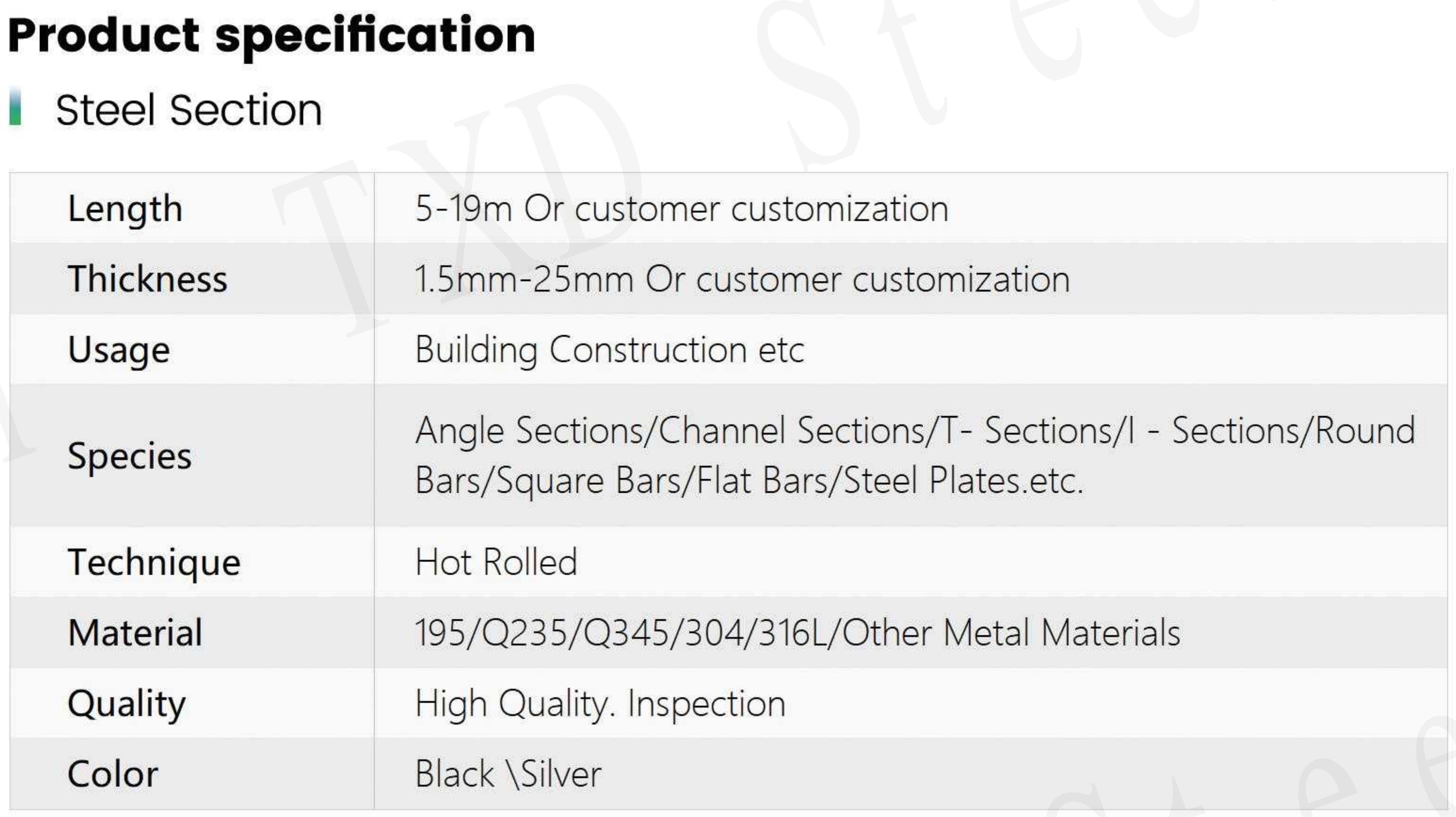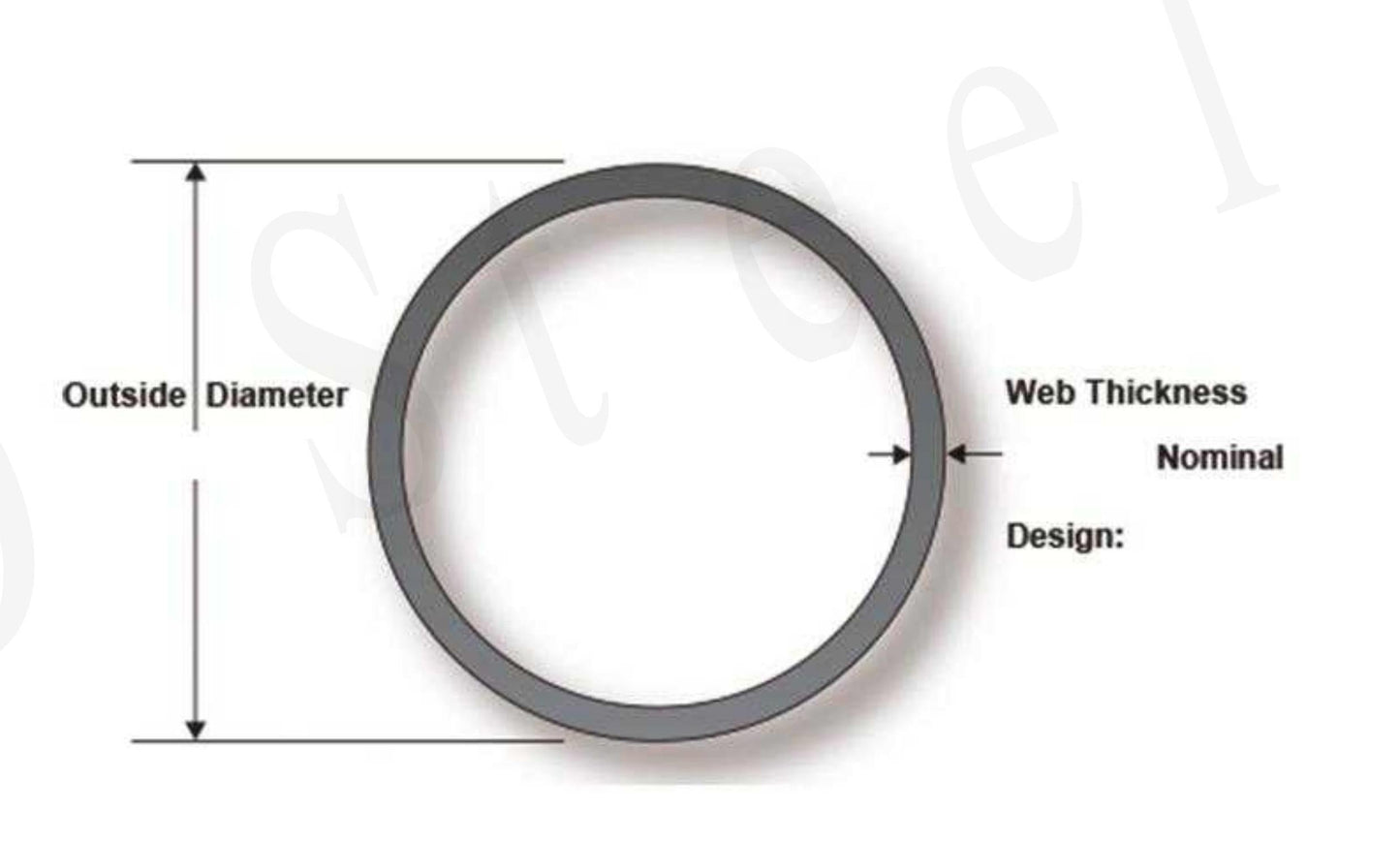

















Schemc
I-beams are sometimes called the universal beam or wide flange beams. The name describes the shape of the cross-section and legs that are parallel. I-beams act as the critical support trusses in construction framework.
C-channels have a slight slope on the inner flange surface. They are not typically applied as primary load-bearing beams. Rather, they provide a great amount of structural support, most useful as frames and for bracing.

Structural steel angles is a hot rolled product with an L-shaped cross-section that's appropriate for a number of applications. A standard structural angle is 90 degrees and measured by the length of the legs as well as the leg thickness.
L-shapes are produced with both equal and unequal leg lengths. When notating unequal leg angles in measurement, the longer leg is always first, and thickness last. All measurements are always taken from the outside.
Applications include structural reinforcement, framework, shelving, and repair.
Hollow structural section (HSS) refers to high-strength welded steel tubing. Sometimes referred to as hollow steel sections, they are produced in round, square, and rectangular shapes that support multidirectional load bearing. As the name suggests, regardless of shape, the mid-sections are hollow.
Tubes are a hollow steel shape that can be further distinguished as either mechanical or structural tubing. Mechanical tubing is used in low-stress applications and is characterized by a thinner wall. Structural tubing is designed for high-stress structural applications in bridges, buildings, roll cages, and underwater platforms. The walls are thicker and stronger.
Pipes are another hollow structure that is intended to carry liquids, gasses, or even solids. Its wall thickness is described by its schedule, which is a system created by the American Standards Association.
T-beams have a T-shape, like the universal beam but without a bottom flange. T-beams are best for reinforcement, as they do not resist bending to bear equal weight as well as the I-beam.










